by Thomas May
Published February 22, 2019
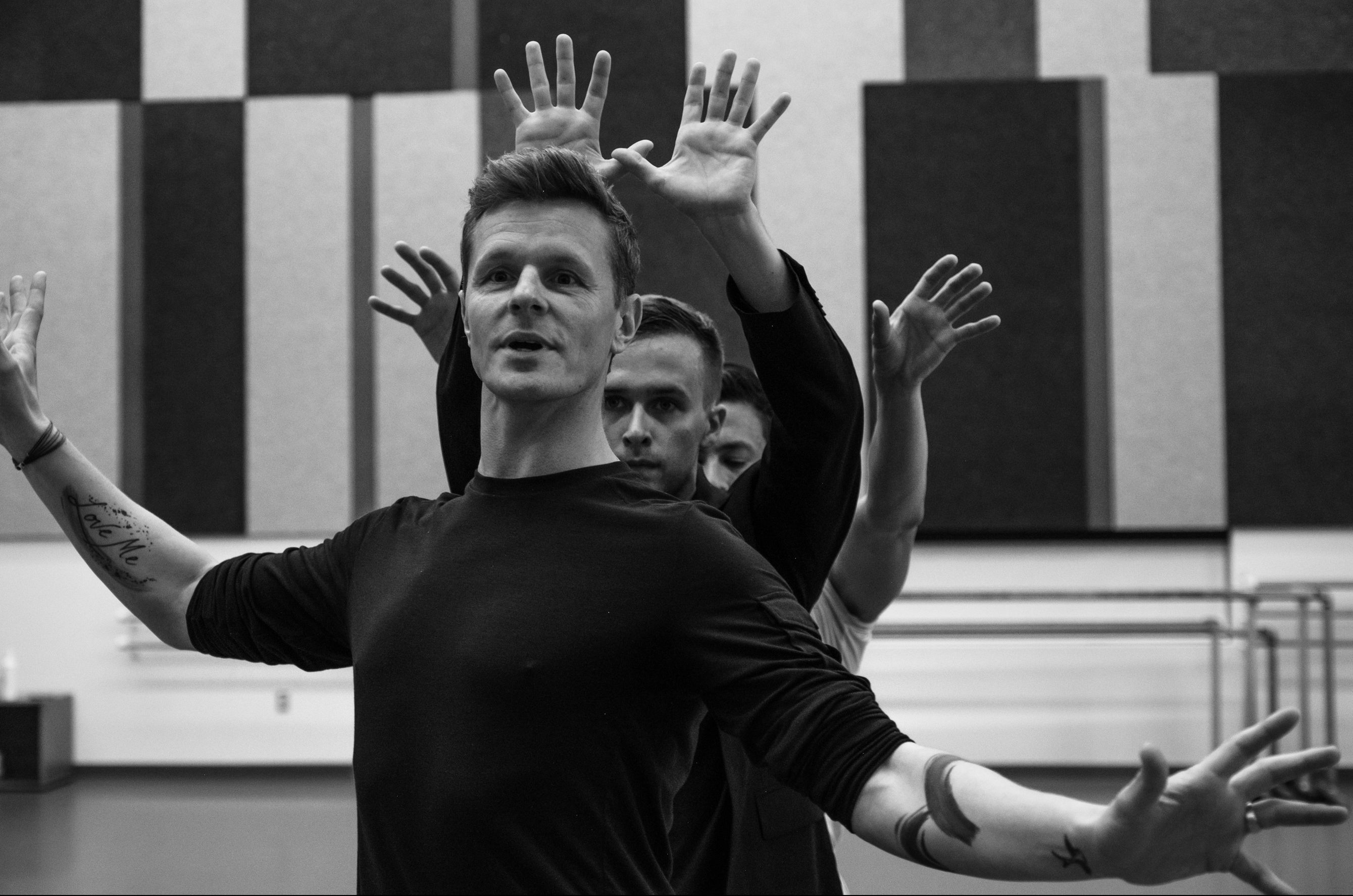
(Photo by Stefano Altamura)
SEATTLE — It’s one of the best-loved scores in the literature — and has been so for nearly three centuries. Yet the Stabat Mater — the final work Giovanni Battista Pergolesi completed before his death in 1736 at the age of 26 — continues to allow for an extraordinary variety of interpretations. The emotional involvement and straightforward lyricism that make it so enduringly popular are precisely what have rendered Pergolesi’s setting suspect for those alarmed by such characteristics in sacred music.

Although J.S. Bach admired this Neapolitan contemporary enough to arrange the Stabat Mater (BWV 1083), his biographer Johann Nikolaus Forkel later accused Pergolesi of writing a score that “deceives the inexperienced music-lover like a pious hypocrite, and through that earns itself the reward of an inner worth and expression of religiosity that it does not have.” In his concern about the Stabat Mater being uncomfortably close in style to that of Pergolesi’s comic intermezzo La serva padrona — his other big hit — the musician Padre Martini anticipated critiques of Verdi’s Requiem more than a century later as being too “operatic.”
Yet the work’s very theatricality has opened up new approaches to experiencing Pergolesi’s music in recent years, particularly via the contributions of modern dance. A full generation after Mark Morris’ treatment of the Stabat Mater in the 1980s, choreographer and director Jessica Lang introduced her acclaimed staging. And this weekend (Feb. 23-24), in a collaboration with the Seattle Baroque Orchestra and soloists, Seattle-based choreographer Olivier Wevers unveils his new take on the work with his contemporary dance company, Whim W’Him.
Alexander Weimann, a native of Munich who was appointed artistic director of the Seattle Baroque Orchestra in 2015, consulted with Early Music Seattle executive director August Denhard about a project to expand the ensemble’s horizons. “We thought that the Pergolesi is a piece that lends itself organically and readily to some sort of staging,” says Weimann — specifically, to a choreographic approach. As the conductor grew more familiar with Wevers’ aesthetic, he became convinced that this was the right artist with whom to partner.
The collaboration marks a first for the organization. Lately, Early Music Seattle has been exploring bold alliances outside the sphere of early music, as in last November’s partnership with Jordi Savall and colleagues from world music to present Routes of Slavery. While Pergolesi’s Stabat Mater has previously inspired dance interpretations such as the ones mentioned above, this production involves a rarer alliance between organizations devoted to period music and modern dance.
“Even though the Pergolesi is a link in a chain of compositions based on the Stabat Mater, it really involves a new take, especially in its individuality,” says Weimann. “So I wanted to find a choreographer who understands the depth of the poetry and has the conviction to find how to express this in body gestures.”
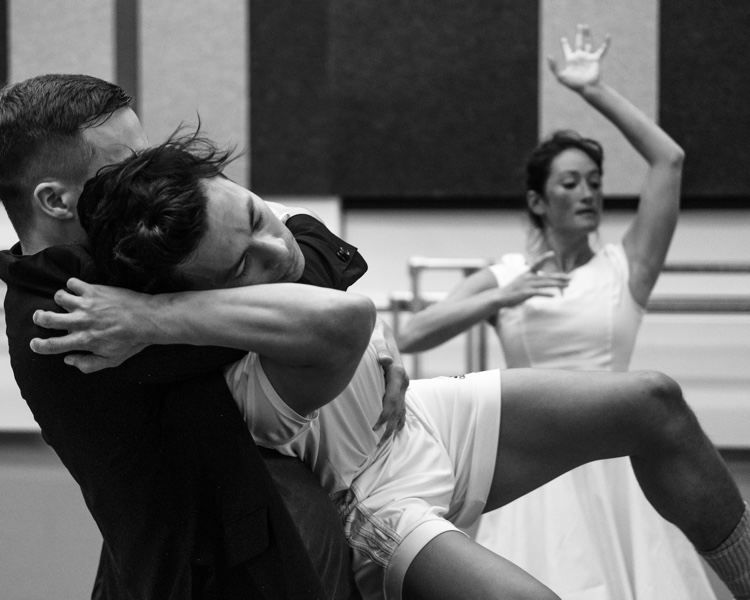
Wevers, a former principal with Pacific Northwest Ballet who founded Whim W’Him in 2009 and serves as the company’s artistic director, was eager to embark on the project. “Right away, I was intrigued by the question of how can we make contemporary dance work with music that is Baroque and that is so inspired by a sacred narrative — and a very specific narrative.”
Relevance for Today
If earlier critics of Pergolesi were concerned about the secularizing tendencies of his Stabat Mater, for Wevers one of the challenges is to accentuate the work’s contemporary resonance outside the context of sacred music.
“That was another aspect that really intrigued me about this project,” says Wevers, who was raised in Brussels and came to the United States in 1991. “While I grew up in the Christian faith, I am not religious anymore, though I am very spiritual. I wanted to be respectful of the music, which is so heavily based on this religious narrative, while making it relevant for our contemporary world, so that it could be approached by everybody.”
In rehearsals with the four Whim W’Him dancers who will take part — two women and two men, who will share the stage with the musicians — Wevers has been developing his interpretation by starting with a broader idea and then narrowing the focus. Initially, he gave each dancer an association with the basic roles in the story: Mary, Jesus, God or the narrator, and the Holy Spirit, respectively. But this process was intended only as a “loose starting point,” not a simple one-on-one allegory. Wevers’ style is characteristically non-linear, relying much on contrast. Some moments will focus on the narrative, others on the emotions it arouses for the dancers.
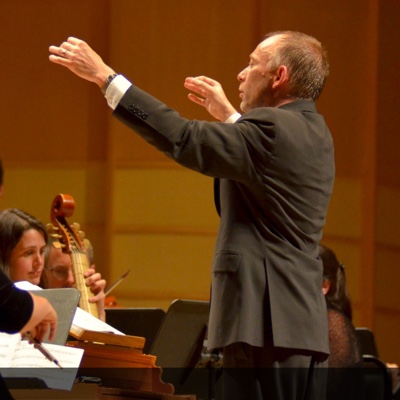
“The question I’ve been posing is how to make these characters more universal,” says the choreographer. “Maybe Mary is not only the Virgin of 2000 years ago but could represent motherhood and the choice of sacrifice and human suffering.” He became particularly fascinated by how Pergolesi approaches the dichotomy of the text, with its imagery of suffering and grief but also of hope.
“I use a lot of imagery in my work,” Wevers says. “We have a bathtub where Mary is cleaning her son. This is during the transition from the very narrative first half to the second half, which is looser and a kind of exploration of what death means — and the hope beyond it. Death is not an end here, it’s a passage, so I show it as a moment of cleaning and purification, like a transformation.”
Period Meets Modern
Anna Mansbridge, an early dance historian who directs the organization Seattle Early Dance, collaborates as a choreographer with period-instrument groups in staging opera productions in which she often uses a blend of contemporary and period idioms. “I think the Pergolesi does lend itself to contemporary dance,” she says. “It can add a more abstract dimension to the voices and text. This becomes another layer of meaning on top of the words. At the same time, the voices and the dancers’ movement are both so intimately connected to the breath. This is what can make choreographing to song so rewarding, despite its challenges.”
The soprano part will be sung by Yulia van Doren, an adventurous artist who has enjoyed collaborating with Mark Morris and his company. “The biggest consideration when you are singing with a modern-dance group is that you approach rhythm quite differently,” she says. “It needs to be much more consistent than in a concert or solo performance. The most important thing I’ve learned is the concept that all of the music needs to swing, even if it’s not in a specific dance rhythm.” Van Doren adds that it’s essential “to be cognizant that the dancers are dependent on what comes out of your mouth, so you can’t get overly self-indulgent with Baroque ornamentation. It’s not just your solo. I love projects like this because I think this kind of cross-pollination between the arts is exciting.”
An “Enigmatic” Emotional Trajectory
Weimann has worked before with contemporary dance artists as a harpsichord soloist, but conducting a period ensemble in such a collaboration is a first-time adventure for him. He says that his inclination is to approach the music “exactly the same as I would anyway. In fact, I find that using period instruments and the whole process of researching to gather as much information as we can for period performance and gestures actually is the contemporary approach. For me it is the warmest approach and does not feel at all like something ‘retro.’ So I don’t see a contradiction there in working with modern dance.”
Weimann says he finds the emotional trajectory of the Stabat Mater “enigmatic, if not disturbing” for a contemporary sensibility. “What I mean is: Pergolesi expresses grief in a way that I wouldn’t choose myself. The piece sees light where I would not see light, so in a sense it questions my usual ways of perceiving.” In a comment on the work, he writes that “Pergolesi’s lamenting is not a slow, solemn, ecclesiastical, and constrained act, but something that happens naturally, breaks out of us in an almost uncontrolled manner, belonging rather to the world of stage, theater, and opera, than the realm of the altar.”
To fill out the program, Weimann has programmed Domenico Gallo’s First Trio Sonata in G (from the Twelve Sonatas for Two Violins and a Bass) as an instrumental prelude. Long misattributed to the lucrative Pergolesi brand, this music has enjoyed an afterlife as a source for Stravinsky’s new arrangements in his score to Pulcinella, thus introducing another modern ballet-meets-Baroque subtext.
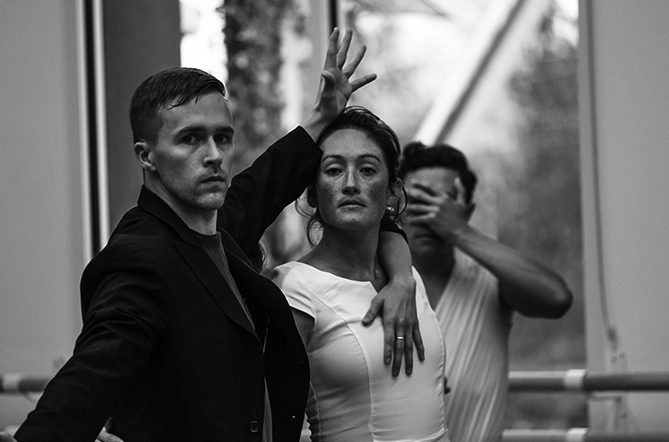
Because Pergolesi’s score is so familiar, Weimann says, “it would be impossible to set oneself free from looking at the piece musically in terms of its performance history.” Indeed, to prepare for this production, he found himself listening to many recordings of the piece, which he says is unusual for him. “I have learned a lot. For example, the spectrum of tempi ranges quite widely.” He believes that the merger of that knowledge with a fresh interpretation from contemporary dance sensibility is able to combine “the strength and insight of both approaches and worlds.”
Stabat Mater will be performed Feb. 23 at 7:30 p.m. and Feb. 24 at 2:30 p.m. at Shorecrest Performing Arts Center, 15343 25th Ave N.E., Shoreline. For information, call 206-325-7066 or go here.
Thomas May is a writer, critic, educator, and translator. He is the English-language editor for the Lucerne Festival and contributes to The New York Times, Seattle Times, Musical America, and many other publications. He also blogs about the arts at www.memeteria.com.

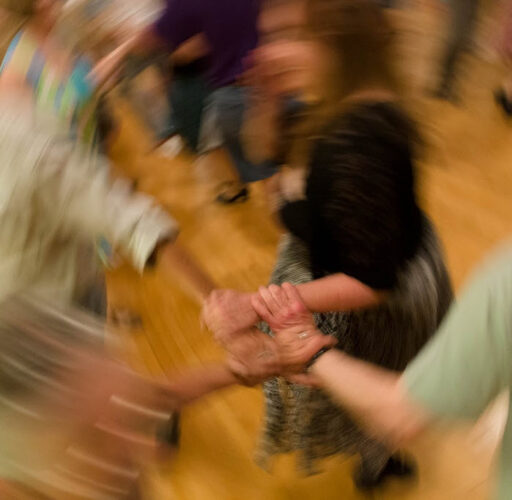
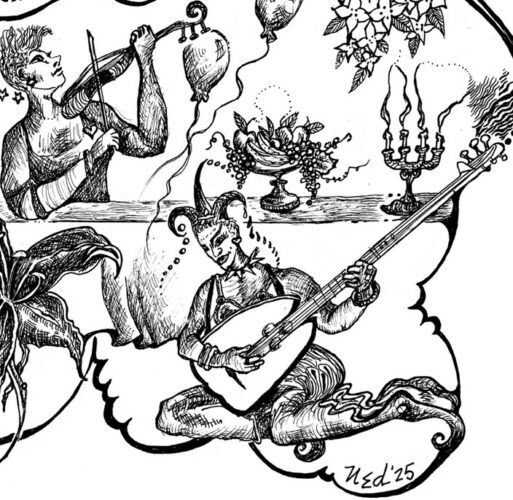


Pingback: Moira Macdonald picks must-see upcoming movie, book and dance events - planetcirculate
Pingback: Moira Macdonald picks must-see upcoming movie, book and dance events - The Seattle Times » shikhaworld
Pingback: Moira Macdonald picks must-see upcoming movie, book and dance events - Yakima Herald-Republic - USA NEWS FAST
Pingback: Moira Macdonald picks must-see upcoming movie, book and dance events - The Seattle Times - USnews10
Pingback: Moira Macdonald picks must-see upcoming movie, book and dance events - The Seattle Times - USA NEWS FAST